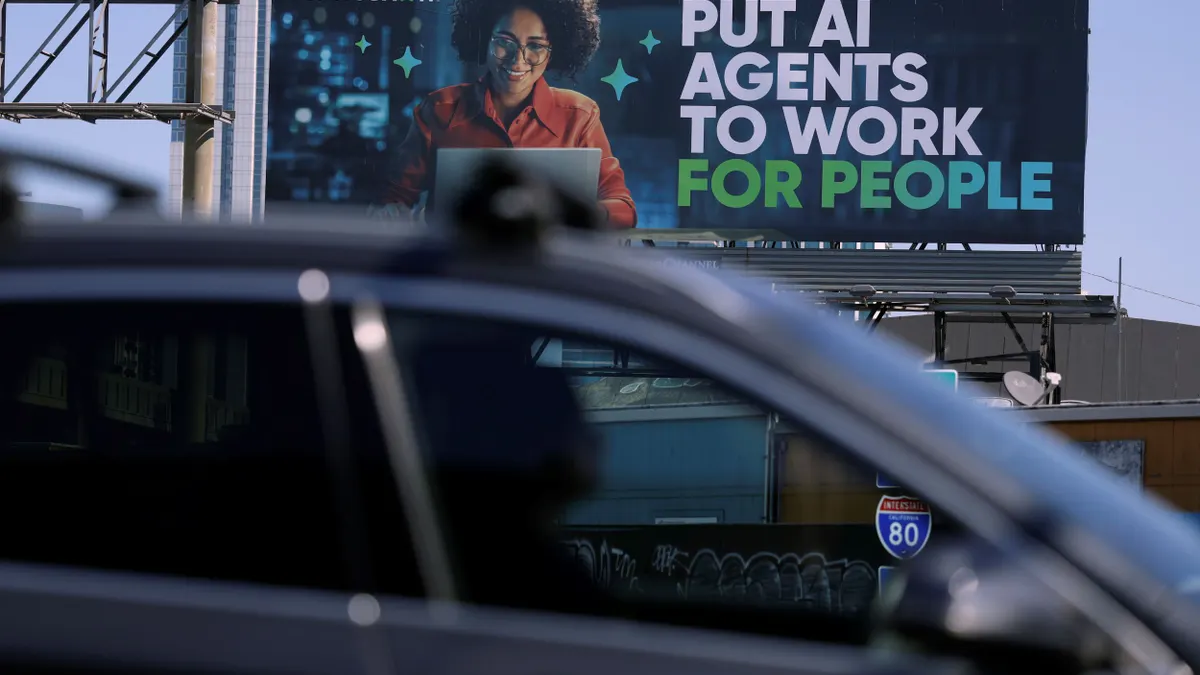Growth today belongs to the businesses that adapt quickly and use technology with purpose. What sets them apart isn’t their size or history, but their ability to move fast, be strategic and turn innovation into a competitive advantage.
Navigating today's business landscape is a balancing act. G-P’s 2025 World at Work Report confirms what many HR leaders already feel: the pressure is real. The research found that two-thirds of global executives worry their companies can’t handle today’s geopolitical, economic and technological disruptions. And the majority say it’s difficult to find skilled talent in existing markets.
This isn’t a time for HR to simply react, it is a moment to lead. Adopting the right global HR strategy and tools can turn these obstacles into opportunities, helping HR build smarter, more resilient global teams that can thrive anywhere.
1. Redefining growth paths
In a climate marked by inflation, high interest rates and geopolitical shifts, employees are understandably concerned about job security - with two thirds fearing they may lose their jobs.
These worries have shifted employees’ priorities and have them gravitating toward employers they perceive as offering greater stability. Nearly half of those surveyed want to work for an international company, a signal that a global presence is a driver for talent. We can no longer afford to limit our talent searches to a single city or country. This is an opportunity for HR to tap into new, diverse talent pools and build more resilient teams.
2. The new talent equation
The old rules of hiring are gone. While many employers feel they have the upper hand in today’s job market, 42% of executives struggle to find qualified candidates with the necessary skills.
This pressure is forcing HR departments to not only rethink traditional hiring methods, but also to innovate and adapt their strategies to meet the evolving demands of the talent market. With 52% of employees globally already searching or likely to search for a job in the next six months, leaders should think about how to innovate and adapt, focusing on the "stay factors" that matter most to employees today: flexibility, competitive pay and benefits and a clear path for learning and development.
3. AI Imperative
AI is changing everything, and HR is at the center of this transformation. Most executives see AI and automation as part of their global strategy, and are rethinking how they balance the roles of employees and technology.
The research found the majority of executives are already prioritizing AI expertise when hiring for senior roles, signaling that the skillset required for success is rapidly changing. Yet, employees are feeling uncertain about their place in this changing environment, with nearly a third expressing concern that the rise of AI could lead to their eventual replacement.
HR leaders need to guide employees to embrace new skill sets, while carefully navigating the fear factors. It's critical that employees understand technology should complement the talent that drives our businesses, not replace it.
Empowering a Global Workforce
Building a global workforce is the most strategic move a company can make right now. But scaling quickly and compliantly isn't simple. This is why we need to equip our teams with the right global employment solutions.
With new agentic AI for HR – like G-P Gia™ – organizations can streamline global employment, from automating paperwork to drafting compliant contracts to navigating local regulations in real-time. The result? HR teams can focus more time on building their teams and less on compliance headaches.
By embracing this new era of global, AI-powered HR, we can move beyond compliance headaches and truly unlock smarter, faster growth for our companies.
Download the full 2025 World at Work Report to explore how HR leaders can navigate global shifts and build a resilient, future-ready workforce.
Learn more about G-P Gia™ and how it can help scale your global hiring strategy.










